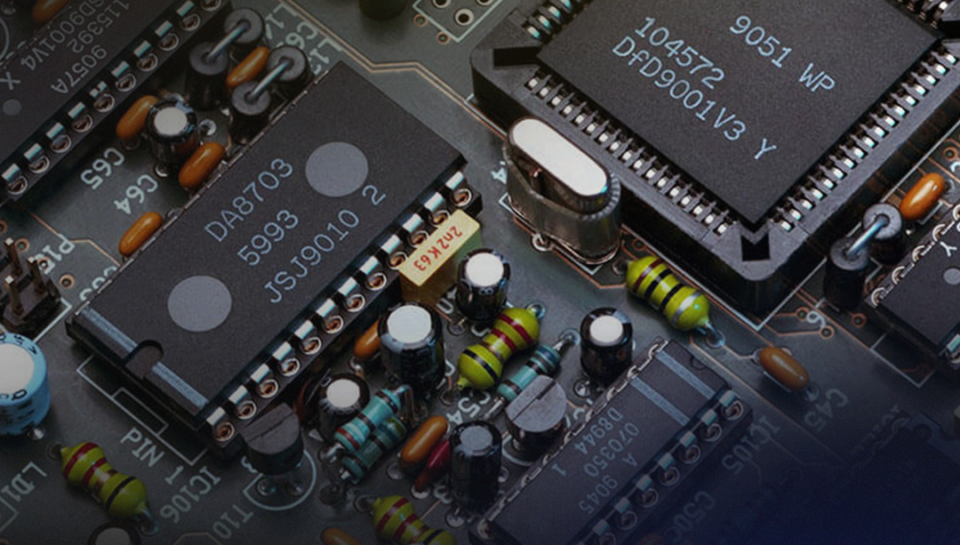
How Circuit Printing is Revolutionizing Tech Products
How Circuit Printing is Revolutionizing Tech Products

Revolutionizing Tech Products - Circuit Printing
With new technological changes happening rapidly in modern times, the demand for faster and efficient devices is significantly rising. From smartphones to smartwatches, the need for compatible devices has never been more. One of the most revolutionizing tech products contributing to this need is circuit printing. Circuit printing is considered as one of the major steps in technological advancement. Now, let’s dive deep to understand what circuit printing is and how it is shaping the future of technology.
What is Circuit Printing?
Circuit printing refers to creating electronic circuits via special printing technologies rather than common practices like wiring. Instead of relying on hard boards and complicated wiring that use common circuit manufacturing, the technology used for circuit printing uses conductive ink for printing on flexible substrates. Apart from minimizing production cost, this technology opens doors for more creative and flexible designs.
The basis of circuit-printing technology is its simple and efficient design. Conductive inks are generally made of silver, copper or carbon material. They are layered onto the substrate of choice by printing, creating complex patterns of circuits. When printed, these printed circuit boards (PCBs) can conduct electricity as effectively as regular circuits, but are more light-weight and flexible.
The Impact of Circuit Printing on Tech products
The global market of PCBs is expected to grow from $70.9 billion to $128 billion by 2030. This rapid growth is transforming the way electronic devices are designed, making them more efficient and affordable. Let us look at the impact of PCBs in today’s modern time:
Miniature Compact design
One of the best features of circuit printing is its capacity to make ultra-thin and light circuits. This makes it possible for manufacturers to design smaller and more efficient electronic devices without sacrificing their functionality. Smartphones, laptops, smartwatches and other devices have become more powerful and effective because of the use of PCBs.
For example – These PCBs help in the manufacturing of foldable smartphones and rollable screens, advancing the world of mobile technology. Companies like Samsung are using this circuit printing technology to create flexible screens for their new products, leading to a whole new level of user experience and mobility.
Internet of Things (IoT) and Al integrations
The Internet of Things (IoT) is transforming the way we engage with technology by interconnecting devices and allowing them to talk to one another. Circuit printing makes possible the mass manufacture of low-cost and flexible sensors which are crucial for IoT applications.
These printed sensors can be incorporated into common items, from smart devices to household appliances, allowing wireless connectivity and information exchange.
AI has grown rapidly over the years and has become a major part of our everyday lives. The circuit printing technology in AI can help enhance its overall productivity, making it more optimized and user-friendly.
3D Printing in PCBs
3D printing provides the ability to design more complex and smaller-sized circuits, which is especially useful for modern electronic devices, where space is a concern. 3D-printed PCBs are also quickly customizable, proving to be highly suitable for prototyping and low-volume production. This technology is speeding up innovation in electronics with the capability of fast product cycles.
Increase of Flexible and Rigid-Flex PCBs
Flexible PCBs are becoming very popular in the current time and it is growing at a fast pace. These PCBs can bend easily and can fit into tight spaces efficiently. On the other hand, rigid-flex printed circuit boards are both flexible and rigid, offering a unique combination that creates 3D designs while enhancing durability and reliability.
Cost-Effective and Sustainable Manufacturing
The traditional electronic production methods rely on intricate wiring, layered circuits, and wasteful material utilization that results in expensive production costs and environmental repercussions. On the other hand, circuit printing uses additive-based manufacturing methods with conductive ink only being used specifically where it’s required, and waste is cut to a bare minimum.
In addition, the utilization of recyclable substrates and bio-degradable conductive inks helps to maintain the sustainable production of electronic devices. This is not only green but also has the effect of reducing the production cost, with advanced technology becoming more available and affordable.
Conclusion
Circuit printing is revolutionizing technology by enabling compact, flexible, and cost-effective electronic designs. Its impact is visible across various industries, from consumer electronics to healthcare and smart packaging. With advancements in 3D printing and flexible PCBs, the future of electronic devices looks more exciting than ever.
As this technology continues to evolve, it will play a pivotal role in shaping the next generation of tech products, driving innovation, sustainability, and enhanced user experiences.



